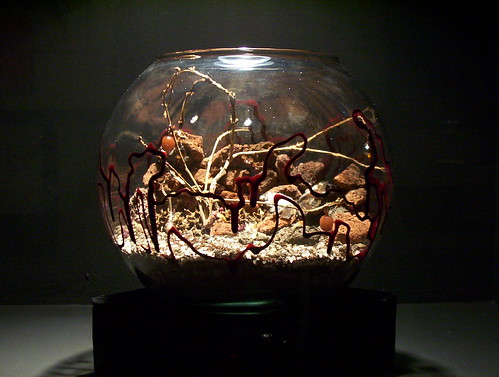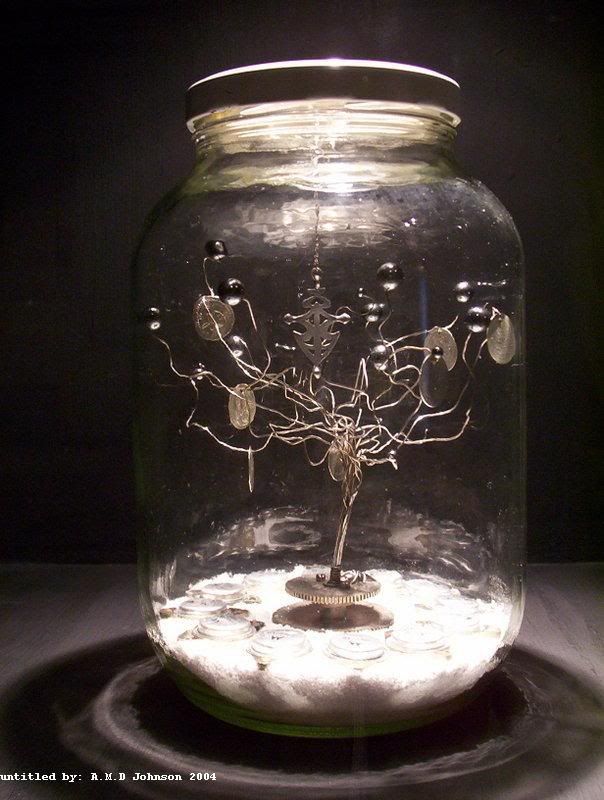photo credit: Luis Modesti
Not many folks know about the Hush Arbors of back in the day. There was once a hush arbor that my family used back in the day here near Blue Hole Springs in Marianna, Florida as well as Pine Arbor Town. So much of the information about these kinds of gatherings are attached to revival movements and country churches ( i.e serpent handlers ) when you search the internet but, it is important to look deeper into the picture. I know for a fact that, these places of worship were very, very closely linked to the busk or green corn dance, one of the two major ceremonies of (Mvskoke) Creek people. We forget the ties that Native and African people formed in the South and the busk is a obvious example of how the Creeks infused African aspects into the fold. It is well documented that many Africans ( African-born and New World-born ) were a part of these ceremonies/celebrations and the presence of the medicine bundle in Mvskoke ritual is absolutely African. That cannot be denied. It is even stated that after the Second Seminole War, this non-Creek feature in the busk originated in Florida.
( check out: The Florida Historical Quarterly, Vol 56, No. 3, Jan 1978 )
Even the IDEA of a (Tvla) town associated with a medicine bundle (collection of magical objects associated with a medicine man) READ, juju,mojo,gris-gris is so African it should stop being overlooked. (in the eyes of historians) I'm tired of this things being misrepresented to the greater public. In a world where Christianity and Islam take people indoors, it is much needed that my folk get back to the forest, get back to nature. We are too removed from that energy.
"...slaves would steal away into the woods and congregate in what they called hush arbors or brush arbors, which were sanctuaries constructed of tree branches or in secluded cabins.... " William E. Montgomery
Varieties of African American religious experience by Anthony B. Pinn
17 June 2011
Subscribe to:
Post Comments (Atom)












No comments:
Post a Comment